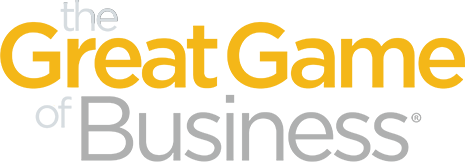.png?width=1200&name=Roadblocks%20to%20transparency-sized%20(3).png)
With different levels of employees, do you structure bonus and reward programs equally? Does GGOB implementation differ between professional and support staff? Are staff privy to others' salary information? Our Great Game™ coaches answer how to tackle these tricky questions in this segment of "Ask the Coaches."
Is there a different implementation process depending on staff education level and roles, i.e. professional and support staff?
There's always going to be differences among people in how quickly employees take to the Great Game. It's like learning a new language. Education level, however, is not always the best predictor of success. There's plenty of highly-educated people who struggle with this transition, and some with less education who take to it like fish to water. It is essential that your design team includes staff at all levels, both professionals and support staff. This ensures that when you roll out The Game to everyone, you have ambassadors who can speak to all segments of your workforce.
Some front-line workers that have a high school degree or less take to the financials and GGOB better than accountants or others with advanced degrees. The opposite is true as well. It all hinges on the line-of-sight from daily actions, attitudes, and behaviors, to the scoreboard and Critical Number™. This includes rewards and recognition, gain share/bonus plans, down to each person's "What's in it for me?"
The key is to train everyone in everyday language that connects what people do every day to the numbers. Make it real!
With a mix of part-time and full-time employees, how do we pro-rate bonuses or other rewards?
If a typical Stake in the Outcome Plan is used, individual compensation would take care of this. Many organizations do a calculation on a quarterly basis where the numerator is the Bonus Pool and the denominator is the total compensation for the quarter. The resulting percentage is then applied to each individual's total compensation for the quarter. If there is a desire to distribute less of the total to part-time employees, this method is not be the best option.
When the bonus is a percent of an employee's total anticipated annual compensation (seen above), it pro-rates itself. The challenge with part-time is that they may be seasonal, or their total anticipated annual compensation may not be known if they do not work steady hours. Sometimes, the solution is to create a minimum amount to be eligible (i.e. only employees with an anticipated year-end compensation of $20k or more a year are eligible). Since MiniGames™ are more short-term, try using a MiniGame to reward and recognize part-time/seasonal employees instead of the bonus program—particularly when these employees are seasonal or have inconsistent hours. (Find out more on bonus plans and MiniGames here.)
Are staff privy to each other’s wages, bonuses, etc. or only to cost centers for the team as a whole?
Revealing the critical information needed to empower every member in The Game does not include violating confidentiality of each individual's compensation. Scorecard design is incredibly important, especially for small companies.With very rare exceptions, staff are not privy to others wages, bonuses, and other personal information. I work hard with clients to ensure that the scoreboard and other Great Game tools are designed such that individual compensation is never revealed. One benefit of business coaching is that we can help GGOB leaders learn how to design scoreboards to maximize business transparency and education, while protecting personal information.
If you break the wages down into departments - let's say shipping - and there are only 2 people in that department, each knows the other's pay. Rolling the compensation up to a big enough number so individuals cannot calculate others' pay is the way to go.
What questions do you have? Email Kylie at kjackson@ggob.com with your questions about the Great Game and opening the books.
You asked and we've answered! In this blog series, our experienced Great Game coaches answer questions directly from the open-book community. These answers were compiled from members of the GGOB coaching network: Katie Davis, Jack O'Riley, Tom Strong, Anne-Claire Broughton, Bill Collier, and Ron Penney.
Other articles you might like:
.png)



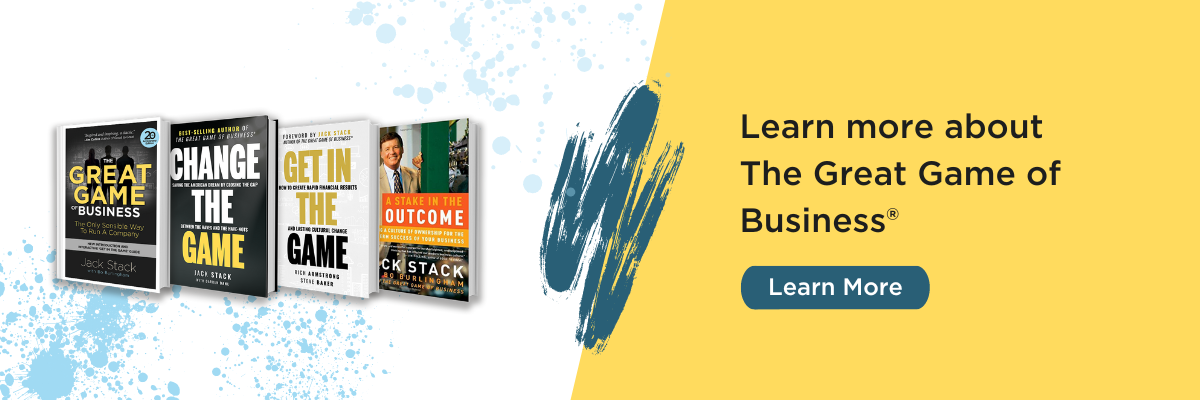


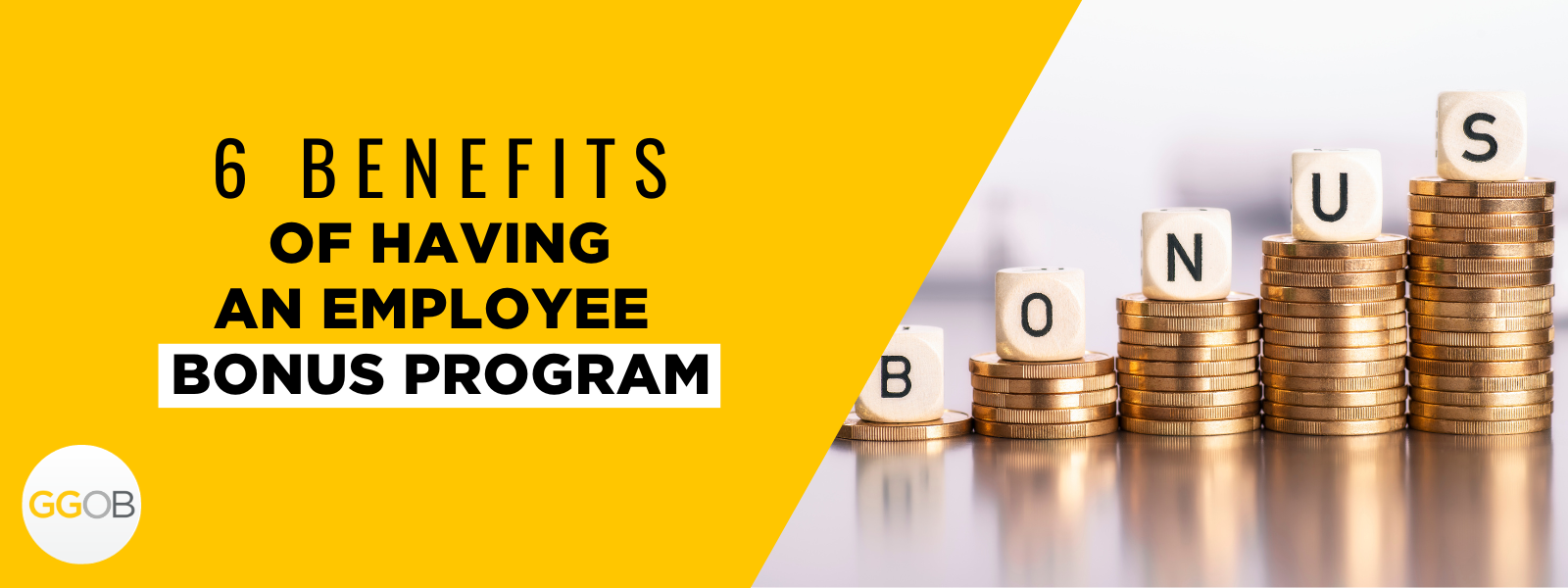

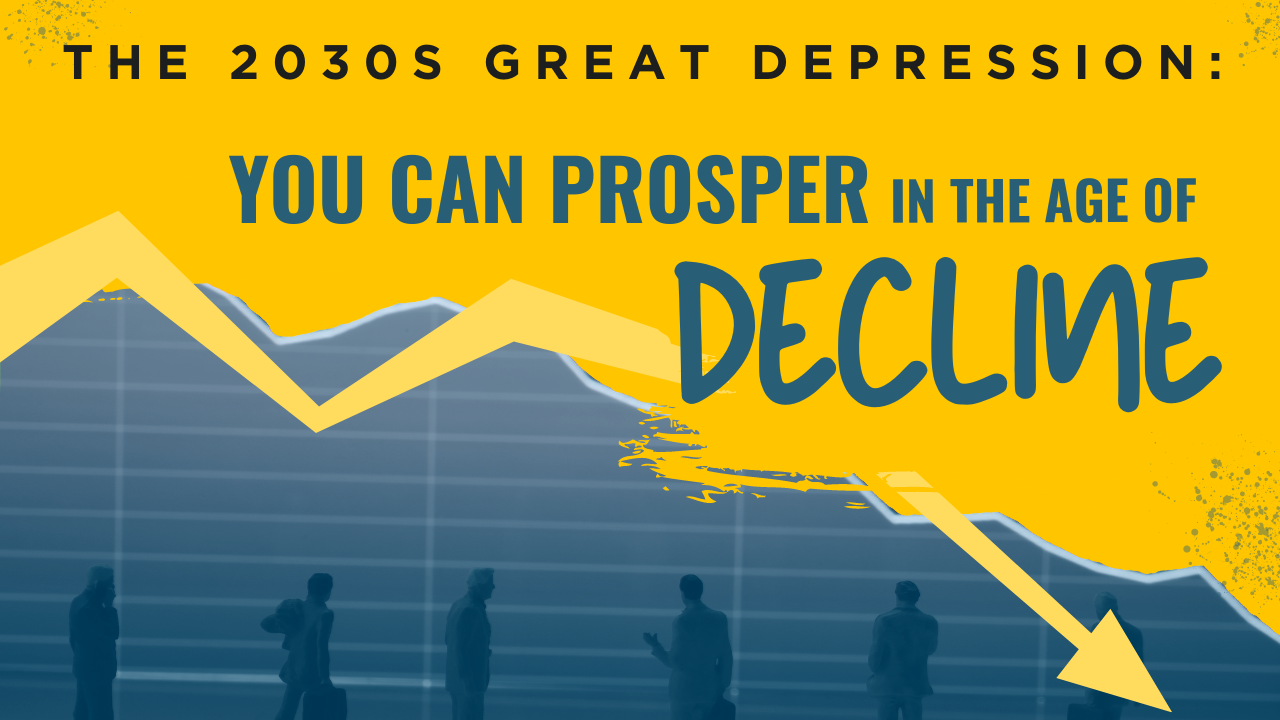


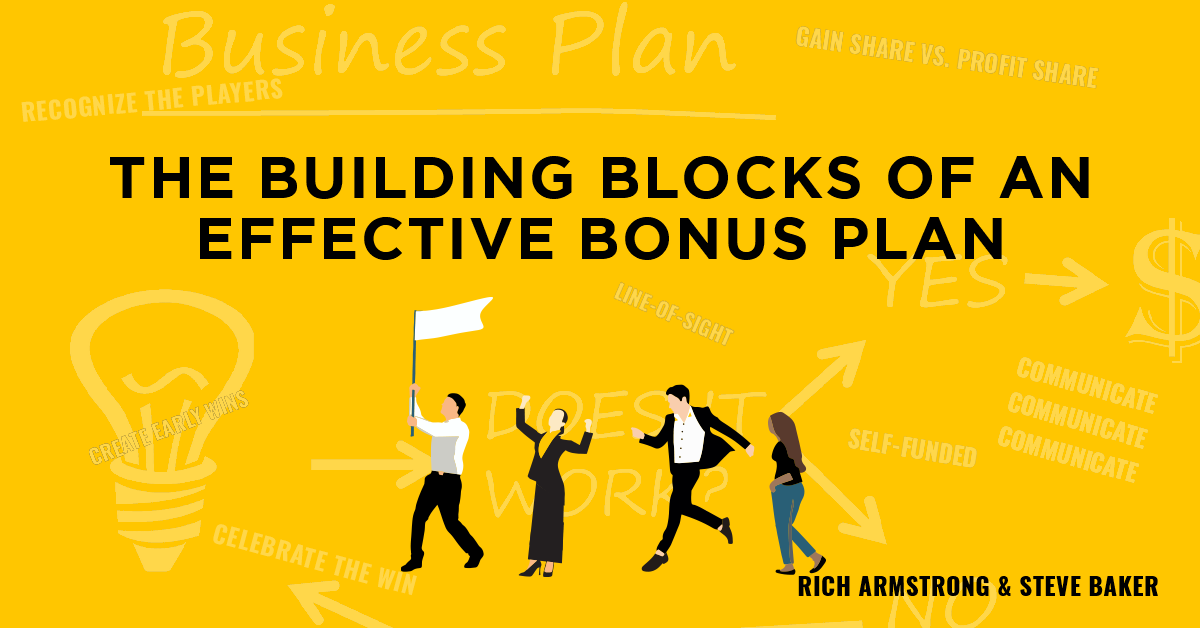
.png)

